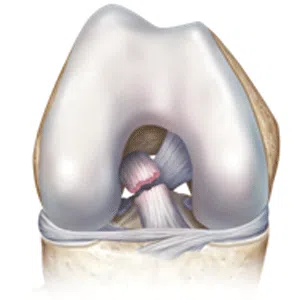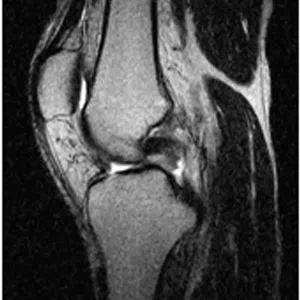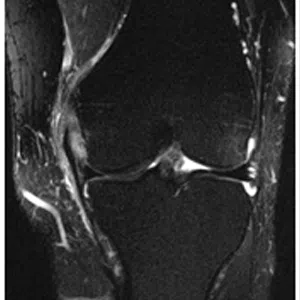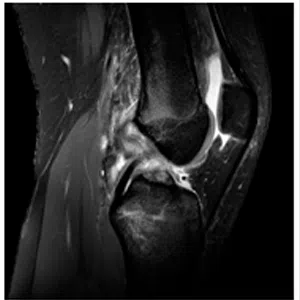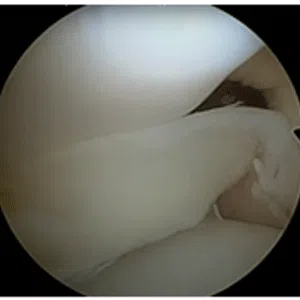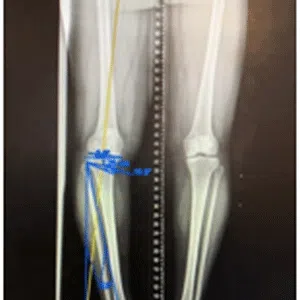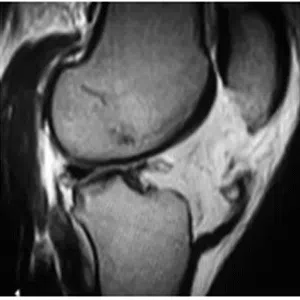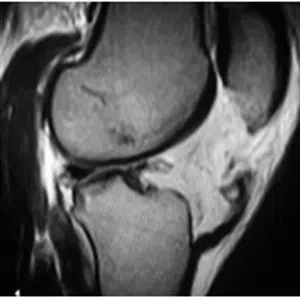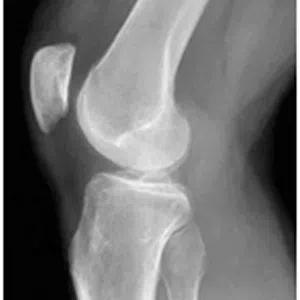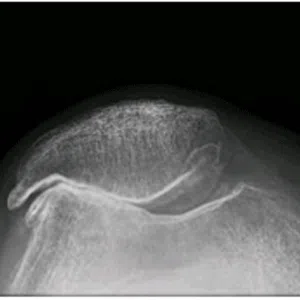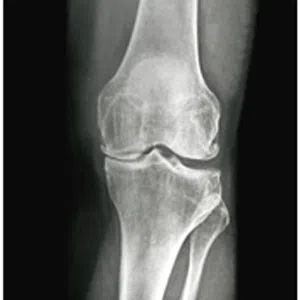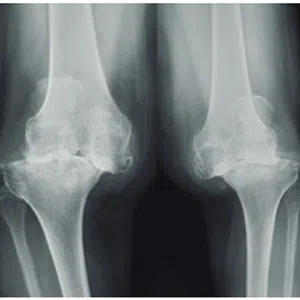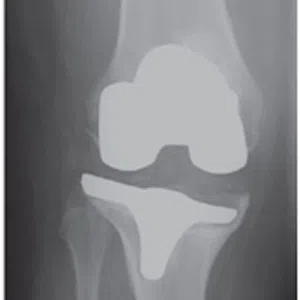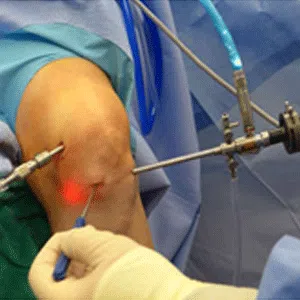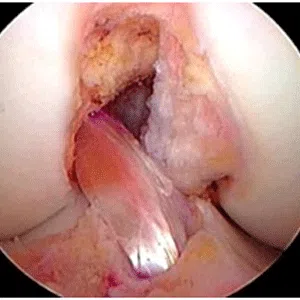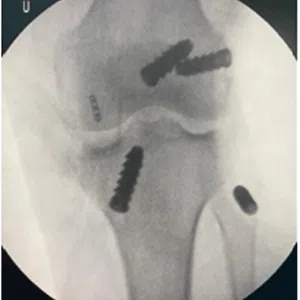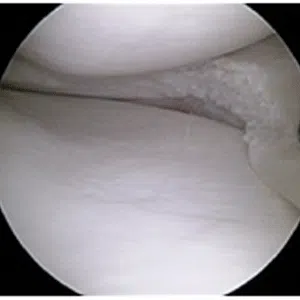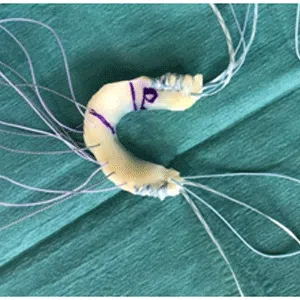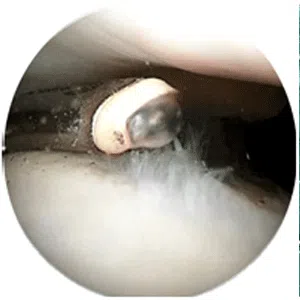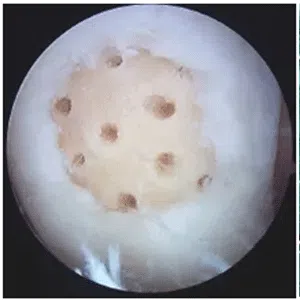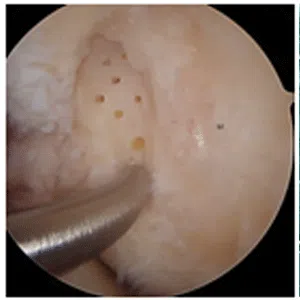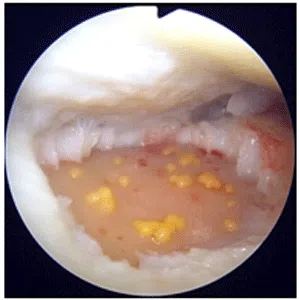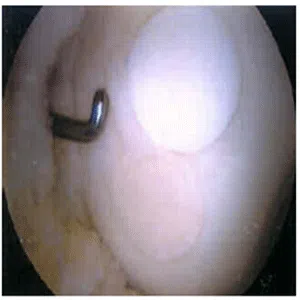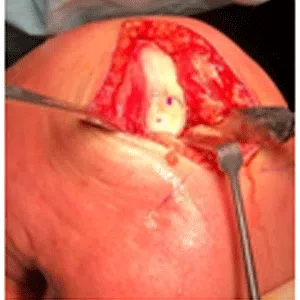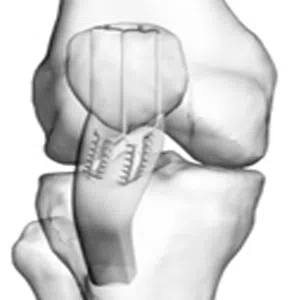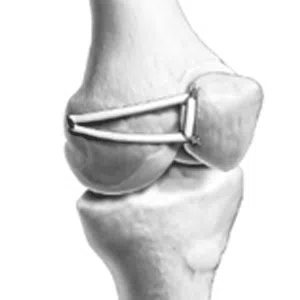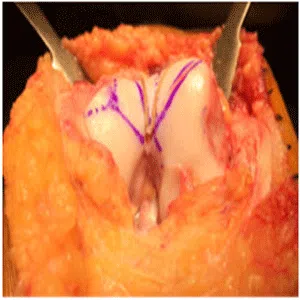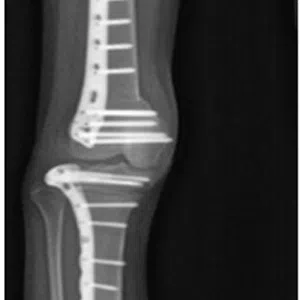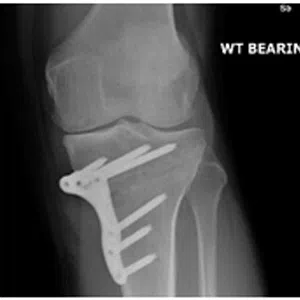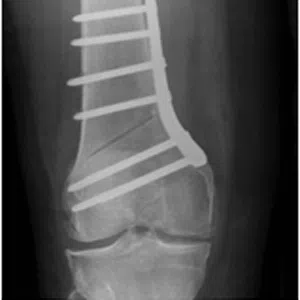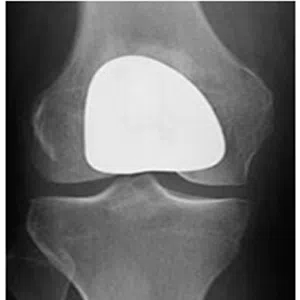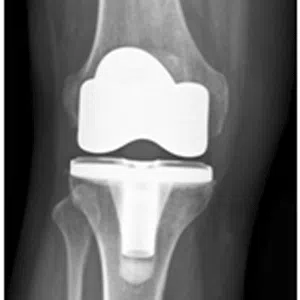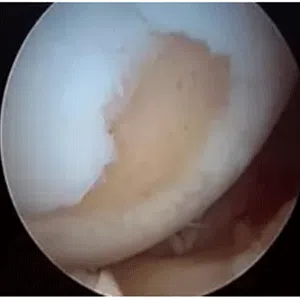
Cartilage is a specialised smooth, rubbery tissue inside the joint cushioning the ends of bone which provide the smooth surface for bones to glide during movement. It acts as shock absorber and reduces the friction on joint movement. Any type of damage to the cartilage can lead to progressive destruction of the joint ultimately leading to arthritis.
Cartilage injuries can occur as a result of trauma, such as a fall or a direct blow to the knee, or from repetitive stress and wear-and-tear over time.
Symptoms of a cartilage injury can include knee pain, swelling, stiffness, and a feeling of instability in the knee. In some cases, a “clicking” or “grating” sensation may be felt in the knee when walking or moving.
Diagnosis of a cartilage injury typically involves a thorough evaluation by a medical professional, including a physical examination and imaging studies such as X-rays or MRI. In some cases, a knee arthroscopy may be necessary to accurately diagnose a cartilage injury and determine the extent of the damage.
Treatment generally depends on the age of the patient, symptoms, physical demands of the patient and the size of cartilage injury among other factors. In some cases, conservative management with physical therapy and rehabilitation exercises may be sufficient to manage symptoms and improve knee function. However, in more severe cases, surgical intervention may be necessary to repair or replace the damaged cartilage and restore stability to the knee.
Treatment options for knee cartilage injuries depend on the type and severity of the injury. Some common treatments include:
- Physical therapy and rehabilitation: This involve exercises to improve strength, flexibility, and stability in the knee.
- Medications: Pain medications and anti-inflammatory drugs can be used to reduce pain and swelling.
- Injections: Corticosteroid injections or hyaluronic acid injections can be used to reduce inflammation and provide pain relief. Biologics such as PRP or BMAC can be helpful in cartilage regeneration in some cases, however the evidence is low at the moment.
- Bracing: A knee brace can be used to provide support and stability to the knee.
- Surgery: In severe cases, surgery may be required to repair or replace damaged cartilage. There are various surgical options of treatment: Arthroscopic debridement, Microfracture or Nanofracture, BMAC, Chondroplasty, Autologous chondrocyte implantation (ACI), Osteochondral autograft transplant (Mosaicplasty or OATS), Osteochondral allografttransplant or joint replacement surgery. The type of surgery that is appropriate will depend on the specific type and extent of the cartilage injury.
The rehabilitation process after a cartilage injury or surgery is a critical component of recovery. Physical therapy and rehabilitation exercises are essential to regain strength, flexibility, and stability in the knee. These exercises may include range-of-motion exercises, strengthening exercises, and balance and stability training. A physical therapist can work with the patient to develop a personalized rehabilitation plan to help them progress and reach their goals.
It is important to consult a healthcare provider for an accurate diagnosis and to determine the best course of treatment for a knee cartilage injury.
-
Anterior cruciate ligament (ACL) tear revision
-
Posterior cruciate ligament (PCL) tear
-
Medial collateral ligament (MCL) injury
-
Multi-ligament tear
-
Meniscus tear
-
Meniscus root tear
-
Cartilage injury – repair/ osteochondritis dissecans
-
Knee deformity or malalignment – varus/ valgus/ rotational
-
Patellar tendon tear
-
Quadriceps tendon tear
-
Patellofemoral instability
-
Patellofemoral arthritis
-
Knee arthritis in young
-
Knee arthritis
-
Failed primary total knee replacement
-
Joint preservation surgery
-
Arthroscopic ACL repair/ reconstruction/ Revision ligament reconstruction
-
Arthroscopic PCL reconstruction
-
Multi-ligament reconstruction
-
Meniscus surgery –partial meniscectomy/ repair (root tear/ rim lesion)
-
Meniscus transplant
-
Chondroplasty
-
Microfracture
-
Nanofracture
-
BMAC
-
Autologous chondrocyte implantation (ACI)
-
Osteochondral Autologous Transfer Surgery (OATS) or mosaicplasty
-
Osteochondral allograft transplant
-
Patellar tendon repair/ quadriceps tendon repair
-
MPFL reconstruction
-
Tibial tuberosity transfer
-
Trochleoplasty
-
De-rotation or rotational osteotomy (Proximal tibial/ Distal femur)
-
High tibial osteotomy
-
Distal femoral osteotomy
-
Patellofemoral joint replacement
-
Total knee replacement





